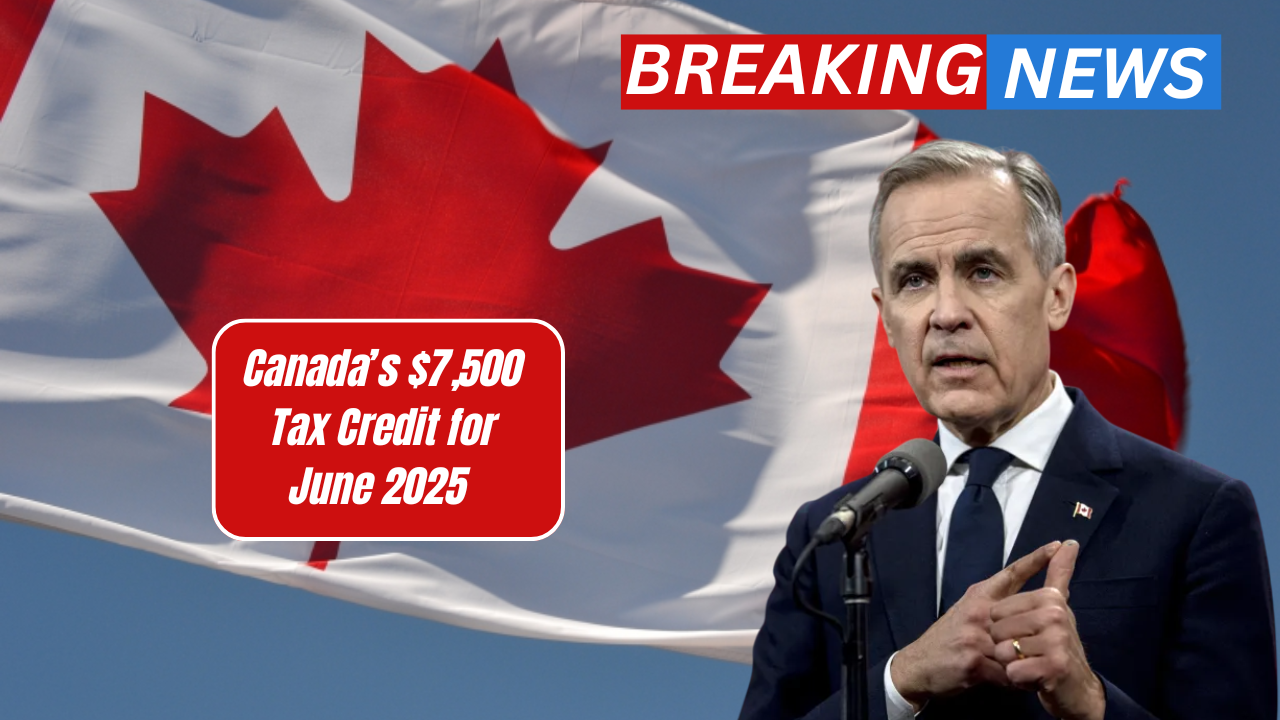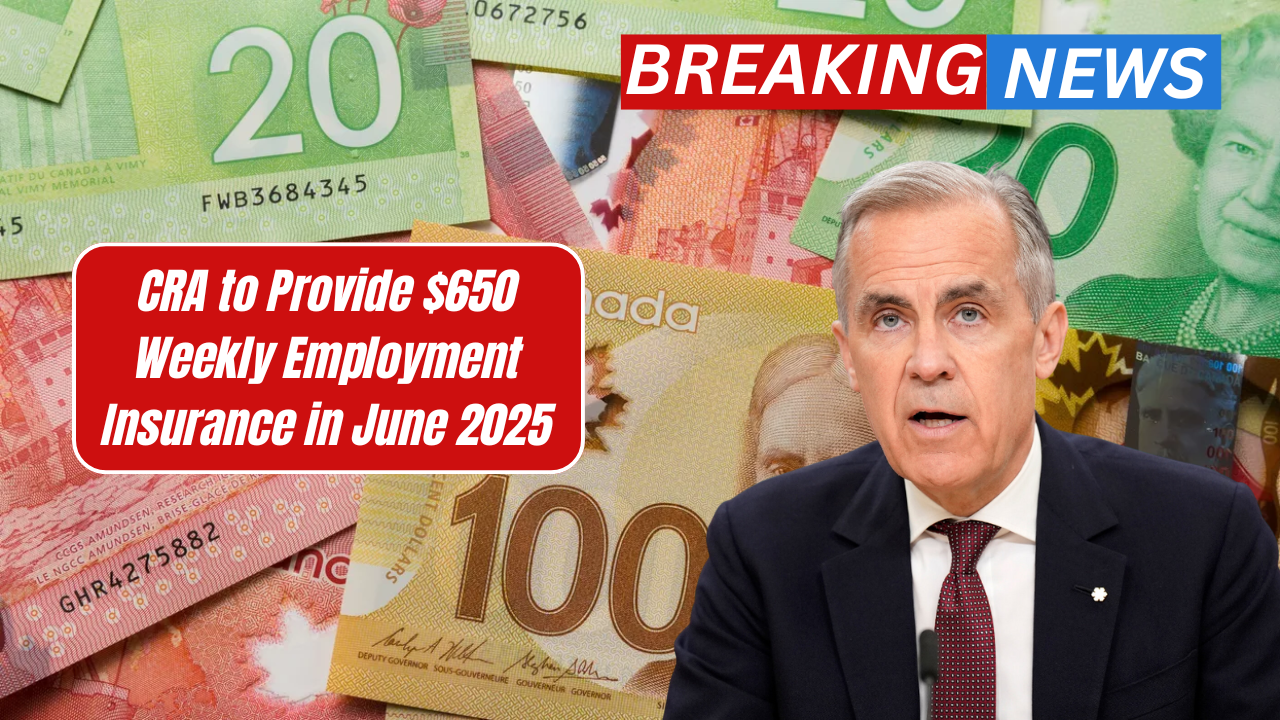From July 2025, changes are going to be made in many federal assistance schemes in Canada, which will bring relief to millions of families and citizens. In view of rising inflation and cost of living, the Canada Revenue Agency (CRA), like every year, has made an annual inflation adjustment this time too, which has been fixed at 2.7% for 2025-26. Its main objective is to ensure that the purchasing power of citizens receiving government assistance is not affected by the impact of inflation. The special thing this time is that not only has the amount been increased in the existing schemes, but a new federal program—the Canada Disability Benefit—is also being started, which is considered a historic step towards empowering disabled citizens.
Most benefit schemes start in July and run till June of the following year. This allows the CRA to calculate the benefit so that they can decide the correct payment based on the information of the previous tax year (2024). If there has been a major change in a person’s financial situation, marital relationship, or family structure in the past year, then there may also be a significant change in his payment. This whole process ensures that the government’s help reaches the needy and is updated as per time.
An increase in the GST/HST credit provides relief to families.
The GST/HST credit offered by the Government of Canada is for those who come from low- or middle-income groups and who are burdened with tax on everyday purchases. It is a quarterly payment that is tax-free and is automatically provided to eligible citizens through the CRA. Eligibility is decided on the basis of income, number of children in the family, and marital status. This credit has also been changed from July 2025. Now a single person will get a maximum annual amount of up to $533, while married couples or common-law couples will get assistance of up to $698. In addition, an additional payment of $184 will be made for each eligible child under the age of 19.
Another important change this time is that the income threshold has been raised to $45,521. This means that many people who were previously above this limit and would have been denied the credit can now become eligible again. This is a big relief, especially for families who are struggling to manage their expenses amid rising inflation. The first updated payment amount will be released on July 4, 2025, which will start a new chapter of financial stability for millions of citizens covered under this scheme.
Increase in Canada Workers’ benefits for low-income working people
The Canada Workers Benefit (CWB) is a scheme that targets Canadian citizens who are employed but have low income. This program encourages people who are working in temporary, low-wage or precarious jobs to get the benefit of working and also financial support to meet the needs of life. Under this scheme, the benefit is given in two parts—one part is linked with the annual tax return, while the other part is given in three advance installments throughout the year.
This benefit has been specifically increased to 4.7% in 2025, which is much higher than the general inflation rate. It has been calculated on the basis of inflation of the 2023 tax year. Now a single person who does not have any children can get annual assistance of up to $1,590, while families can get up to $2,739. If a person has a disability, then they will get an additional benefit (Disability Supplement) of $821 in addition.
According to the new income limit, this benefit for a single person starts decreasing gradually at an income of $26,149 and ends completely at $36,749. At the same time, for families, this limit starts at $29,833 and ends at $48,093. The first tranche of this scheme will be released on July 11, 2025, which will bring financial relief to many working families and strengthen them towards self-reliance.
Increase in Canada Child Benefit for children
Raising children in today’s time is no easy task—parents need adequate resources to meet the needs like education, health, nutrition and security. Keeping this in mind, the Government of Canada provides financial assistance to families raising children through the Canada Child Benefit (CCB). It is a monthly payment that is tax-free and resets every year in July, based on the previous year’s income.
This amount has been increased for the 2025-26 benefit year. For children under the age of 6, a family can get a benefit of up to $7,997 per year, which comes to about $666.41 per month. At the same time, for children aged 6 to 17 years, this amount will be $6,748 per year, i.e., about $562.33 per month. This amount is $210 and $178 more than before, which is a respectable increase.
To get full eligibility for this benefit, the family income should be less than $37,487. This amount gradually decreases as the income increases. Starting from July 18, 2025, the new payments of this scheme will help parents take care of children and provide some financial relief, especially at a time when everything is getting expensive.
Additional help for disabled children—Child Disability Benefit
For a disabled child, the child will have to pay Rs. 10000 per month. Caring for a child is as challenging emotionally as it is financially. The Child Disability Benefit (CDB) aims to provide additional support to families whose children are eligible for the Disability Tax Credit (DTC). The benefit is automatically added to the Canada Child Benefit and provides an additional monthly amount.
From July 2025, the benefit will be up to $3,411 per year, meaning families could receive an additional $284.25 per month in support. This amount begins to gradually decrease when a family’s adjusted income exceeds $81,222.
The benefit is particularly helpful in meeting needs that are above and beyond those of a typical child—such as medical care, special education, equipment, or therapy. The payment to be issued on 18 July 2025 will kick in this support, bringing relief to thousands of families who have been living under financial stress for years.
Increase in Old Age Security (OAS) for Seniors
Old Age Security (OAS) is a key pillar for seniors that provides them with stable income support after retirement. The program is available to people aged 65 years and above who have resided in Canada for a specified period of time. The program is updated quarterly by Service Canada to keep pace with inflation.
OAS payments have been increased by 1% for the quarter between July and September 2025. It is estimated that seniors aged 65 to 74 will receive $734.95 per month and those aged over 75 will receive $808.44 per month. The plan is often combined with the Guaranteed Income Supplement (GIS) to help seniors with very low incomes. The next OAS payment will be issued on July 29, 2025, which will help them maintain dignity and independence in their lives.
Launch of Canada Disability Benefit—A New Era
The most notable scheme of this year is the launch of the Canada Disability Benefit (CDB), which specifically targets low-income disabled adults aged 18 to 64. It was a long wait that is now coming to an end. This program is for people who are unable to work or are partially able to but still require support to make ends meet.
This scheme can provide assistance of up to $2,400 per year to each eligible person, i.e., $200 per month. However, the final payment amount may change depending on income, employment status and family background. There are three major eligibility conditions for this benefit: the person should be a resident of Canada, have filed a 2024 tax return, and have a Disability Tax Credit (DTC) claim.
While the exact application process and payment dates have not been announced yet, the scheme is planned to be implemented in July 2025. This program is a decisive step towards strengthening the economic security of citizens with disabilities and lifting them out of poverty.
Conclusion: Changes that touch lives
All these programs launched by the Government of Canada from July 2025 are a sign of a big change not only economically but also socially. Be it working citizens, parents, senior citizens or people with disabilities—there is a solid plan for every category.
It is clear that through these schemes the government wants to send a message that it stands with its citizens. Now it is the responsibility of the citizens to file their tax returns on time and ensure that they become eligible for these schemes with all the necessary documents. Through these updated benefits, we are moving towards a more inclusive, secure and empowered Canada.
FAQs
Q. What is changing in July 2025 for Canadian federal benefits?
A. Several benefits like GST/HST Credit, Canada Child Benefit (CCB), and Canada Workers Benefit (CWB) are increasing due to inflation adjustments.
Q. When will the updated GST/HST Credit be issued?
A. The new GST/HST Credit payments will start from July 4, 2025.
Q. How much is the new Canada Child Benefit (CCB) per month?
A. Up to $666.41/month for children under 6 and $562.33/month for children aged 6–17.
Q. Who qualifies for the new Canada Disability Benefit in 2025?
A. Low-income adults aged 18–64 with an approved Disability Tax Credit (DTC) status.
Q. When will the new OAS rates be paid to seniors?
A. The updated Old Age Security (OAS) payments will begin from July 29, 2025.








